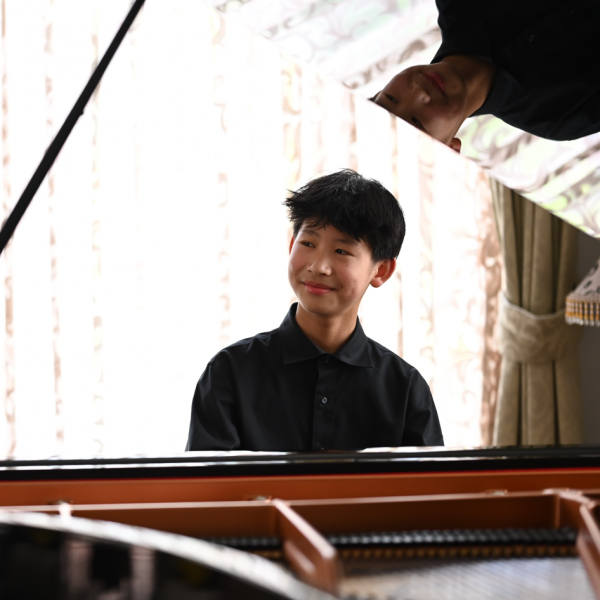
The Secret Society
Presented by: Orchestra Wellington
Conducted by: Marc Taddei
Michael Fowler Centre, 28th Sep 2024
Reviewed by: Dawn Brook
The Secret Society was an early 20th century club of French musicians, writers, and artists. Claude Debussy’s music greatly influenced this group. Two other featured composers in this concert programme, Maurice Ravel and Florent Schmitt, were members. A fourth composer, Lili Boulanger, was not a member though musically she would have fitted admirably. The Secret Society did not admit women. Tragically, she died in 1918 aged 24.
Debussy’s Prelude to the Afternoon of a Faun was the only work in the programme that is standard in the orchestral repertoire. (How well conductor Marc Taddei educates his audience!) This haunting and largely dream-like work feels almost like a 10-minute improvisation. There is little urgency in it but the whole is beautifully balanced and complete. Taddei did not go for the lushest interpretation and I was happy with that.
The audience loved Ravel’s Piano Concerto for the Left Hand with soloist Jian Liu. Written for a soldier who lost his arm in war, the one hand achieves all (and more) that you would expect of two. The full brass and thumping percussion and lovely use of lower-pitched instruments made for satisfying listening. Jian Liu was thoroughly on top of it. His encore, Flight of the Bumblebee by Nikolai Rimsky-Korsakov, was cheekily for right hand only!
Boulanger’s D’un Soir Triste (Of A Sad Evening) was her final work. The range of emotion and expression is remarkable. It is morose and gaunt at times, dignified, fearful, resigned, then quietly reflective. A monumental work, strongly performed.
Congratulations to Orchestra Wellington for the dynamic delivery of a very challenging programme; challenging for listeners as well as players. After the final item, Schmitt’s The Tragedy of Salome, a very dramatic piece with brass and percussion just about lifting the roof off, I felt quite wrung out! The Tudor Consort contributed to this work, providing great relief with their lovely voices.












